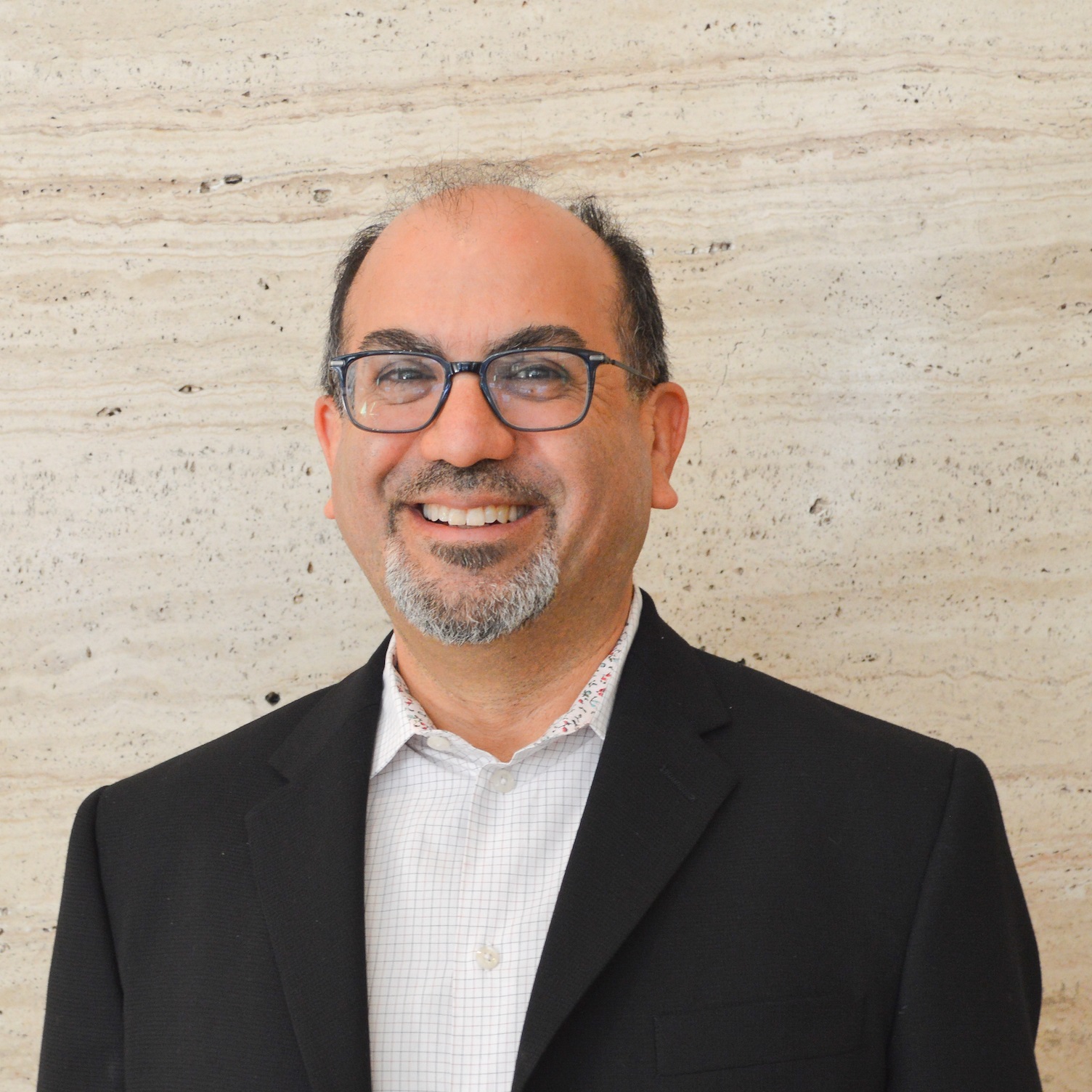This year is the 5-year anniversary of the opening of The Maycroft, part of Jubilee’s 50-year arc of justice efforts. As we celebrate this milestone, we reflect on the power of persistence, partnership, and innovation surrounding the completion of The Maycroft, which catalyzed Jubilee to understand its work as Justice Housing®.
50th Anniversary Stories
Local Initiatives Support Corporation (LISC):
The Maycroft Project’s Lifeline
Q&A with LISC Executive Director Ramon Jacobson
In this first-time Q&A with Ramon Jacobson, Executive Director of the Local Initiatives Support Corporation (LISC), we delve into the pivotal moment when the fate of Jubilee Housing’s ambitious Maycroft Apartments project hung in the balance. Facing a critical shortfall in funding, Jubilee found itself at a crossroads, balancing the aspirations of the community against the harsh realities of financial constraints. In this moment of uncertainty, LISC emerged as an unexpected beacon of hope, steering the project away from the brink of collapse and towards a promising future of opportunity.
Join us as Ramon Jacobson reflects on this journey, offering insights into the critical role played by LISC in not only salvaging Jubilee Housing’s vision but also in propelling development within the community.
Can you tell us about yourself and LISC?
I have been with LISC, a community development finance institution, for almost 25 years. I joined as a program officer and then eventually became the Executive Director. In the meantime, I was involved in the investment side and the lending side of LISC. We invest in neighborhoods, but often, our work is through a real estate investment. Our mission is broader than just the bricks and, it is broader than affordable housing; we ask, “is this a neighborhood that is a good place to work, live, go to school, and raise a family?”

If you go back 25 years ago, it was kind of the inverse of today in Adams Morgan, but more so in Columbia Heights, where the Maycroft is. There were a lot of very low-value properties, and it was a struggle to get anybody to invest. Then, within a decade, it really switched to the opposite. At that time, it was critical to preserve affordable housing so the people in the neighborhoods would not be displaced. In that time frame is when the Maycroft project pops up.
Our partnership with Jubilee is one that we grew intentionally. Jubilee was looking to give their properties a second life after 30 years and was exploring the financing options that were available. The Maycroft was one of many co-investments that we have been able to help Jubilee with.
How has LISC remained true to its mission despite the ever-changing financial industry?
We build on legacy. I think similar to Jubilee with the Jubilee 50th, you are building on the legacy of the people who came before you but the way you build changes. The big part of the change is technical. Looking at the Maycroft, it was two of the most complicated tax credit structures that required a little brain strain to navigate the partnerships, equity counting, and transactional areas.
There are elements of continuity despite the new acronyms and new financing structures that make us work in different ways. From a financing perspective, whether in the public sector or the private sector, you know, there’s still the mission aligned with the original founders of the organization. So, even in an industry that has matured and become more complicated, LISC remains true to its core.
At the time, the late Oramenta Newsome was the Executive Director, can you talk about your personal experiences with her?
She was iconic. She was an African American woman in the worlds of the real estate industry and the financial industry, and those worlds were not representative of minority communities. She broke through and brought a lot of leaders with her.

She was committed to the practical level of accomplishing housing justice. I think that one of the things that really stood out was her willingness to be a listener and a problem-solver.
Why was the success of the Maycroft project important to LISC?
From a neighborhood perspective, we had already been around for 25 years when the Maycroft project was presented to us. We had already put a lot of effort into Columbia Heights. A block away from the Maycroft, we had done at least 10 projects over the years, everything from a Latin American Youth Center to condos and childcare centers and apartment building preservation. The Maycroft was not foreign to us since we were already really committed to the neighborhood.
The Maycroft had a legacy already. Under its prior ownership, it had a charter school for construction trades there. When you walked in, you knew these were people starting to gain a foothold in this neighborhood that was being transformed. It was clear to Oramenta and I that this was an opportunity that would not come again and that we had to take the opportunity to do what we could for the Maycroft.
When the Maycroft got hit with the lawsuits, it seemed to me that the people representing the opposition to Jubilee were only representing themselves and not faithfully representing the tenants. We all had done a lot of work with tenant associations. We felt we knew when tenants were legitimately representing the interests of themselves and future tenants. And this was not that.
We had not done a lot of work with Jubilee at that point. Jim Knight and some of the other people came to us with what looked to be a plan that was about to completely fall apart to redevelop the Maycroft and it was dragging Jubilee down.
Oramenta was uniquely determined to get help. The remarkable thing she did was call foundations and ask them about what they had available to put together some money to help Jubilee through the project. Uniquely, these were personal calls where Oramenta urged that this is a moment where we just have to stand up and fight for something
We matched three pretty substantial contributions from foundations, with a million dollars of LISC’s loan capital. Going through the loan committee process, this project was greeted with a lot of skepticism. However, I think they could sense this was one of those battles you have to show up for. So, we were able to offer a million or maybe a $1.2 million line of credit, but I call it a “lifeline” of credit because it was like we hitched to the mothership of a project that could take us all down. This is why we had to win this battle. It took a lot of partners. It took a village. A lot of our peer organizations stepped in to help Jubilee do it. And it went well.
LISC’s support was meaningful to Jubilee because it was such an endorsement of confidence and for the foundations that we worked with; it was a moment for them to demonstrate that their resources were going to be there for the community. Beyond the Maycroft project, we have been able to use the money for other projects, like the KEB church redevelopment project that will be for returning citizens. So, you know, it is a legacy. It is a legacy investment.
From Jubilee staff and residents past, present and future, we thank you beyond words Ramon and LISC! As we celebrate 50 years of mission, we value you, Oramenta and the larger LISC team as indispensable partners in the fight for justice!
Visit LISC’s website: https://www.lisc.org/

